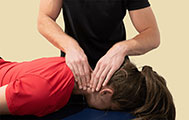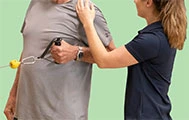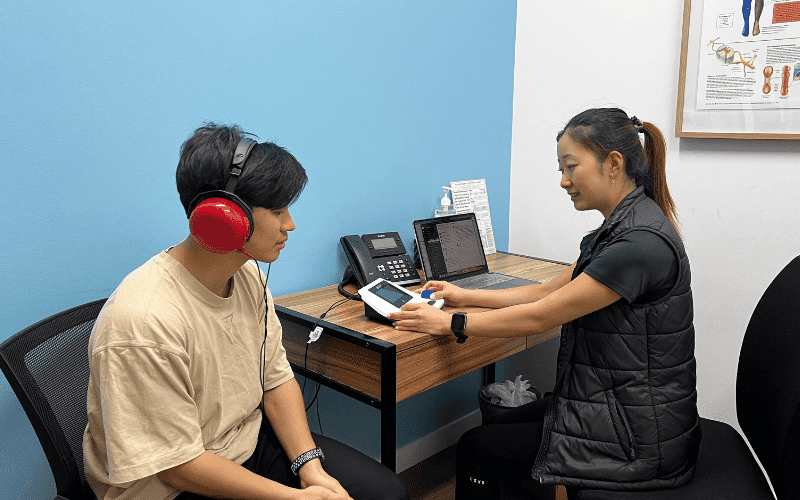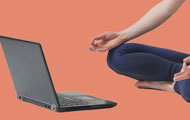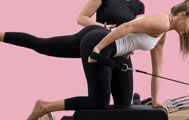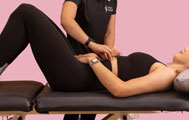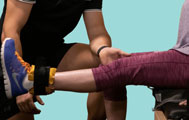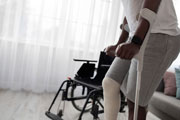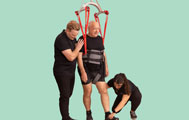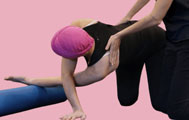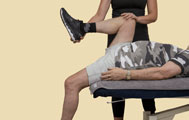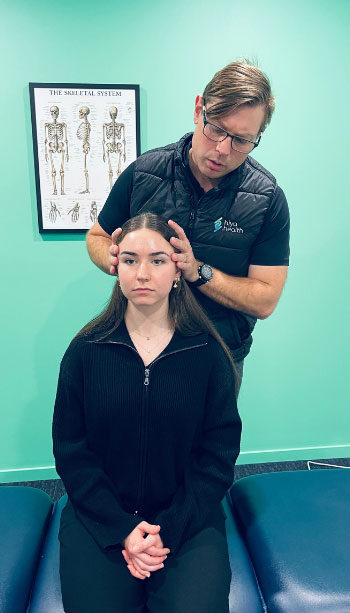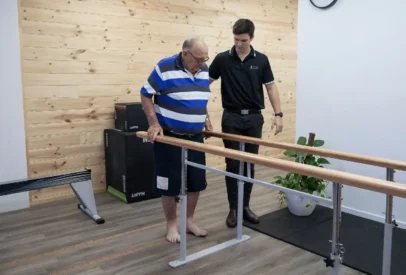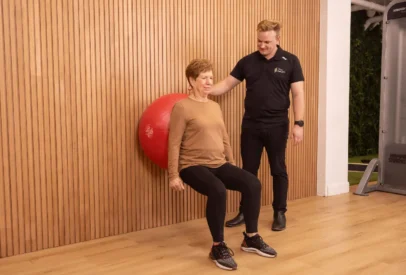Bounce Back from Runner’s Knee with an Exercise Physiologist
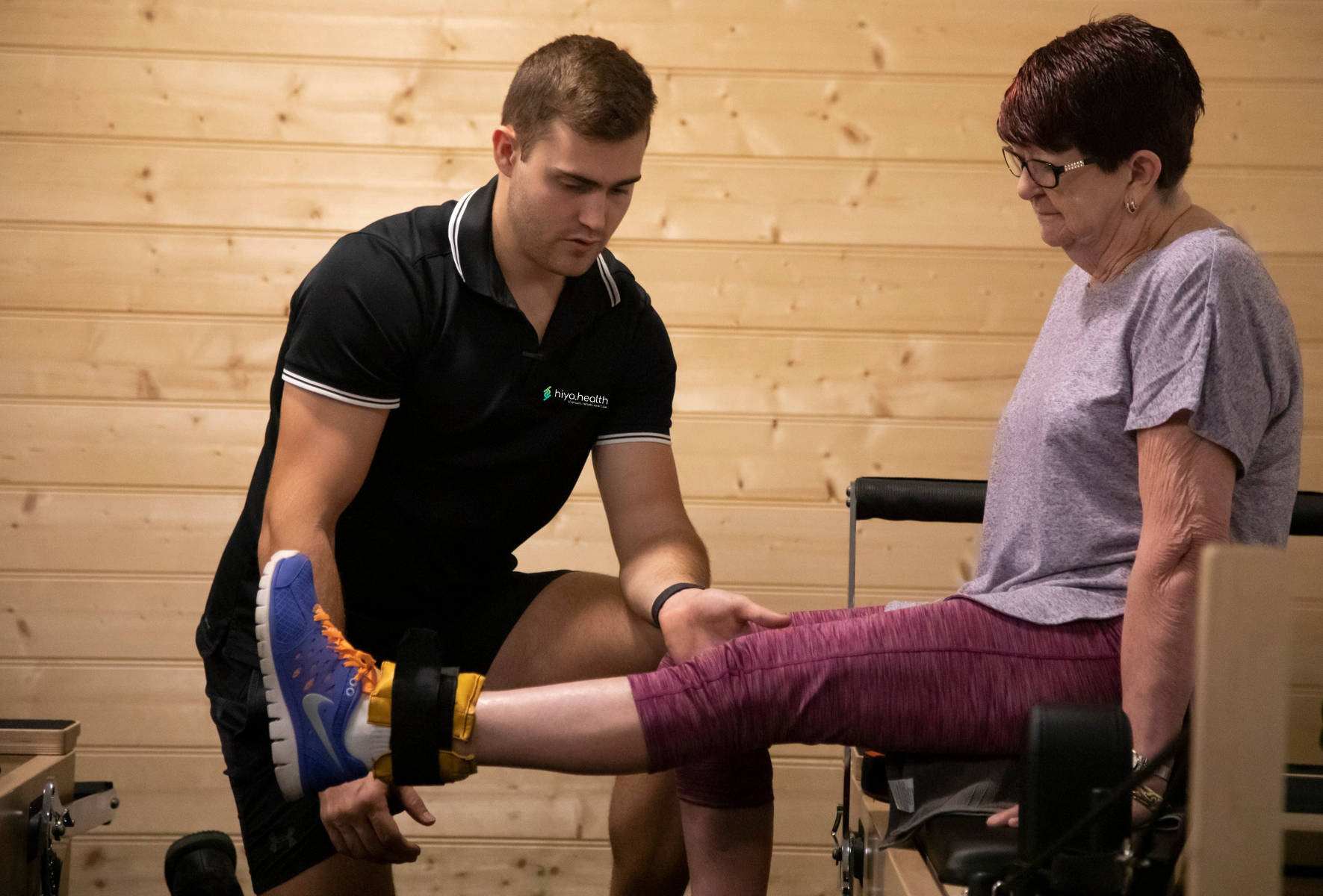
What is Runner’s Knee?
Runner’s knee, also known as patellofemoral pain syndrome, is a common condition that causes pain around or behind the kneecap. It often results from overuse, poor alignment, or muscle imbalances. While it’s most common in runners, it can also affect anyone who engages in activities that involve repetitive knee movements, such as cycling, hiking, or jumping.
Symptoms you may experience:
- Pain around or behind the kneecap
- Swelling or tenderness in the knee
- Weakness or stiffness in the knee joint
- A grinding or popping sensation during movement
- Difficulty walking, running, or climbing stairs
Why Does It Happen?
Runner’s knee is often caused by repetitive strain on the knee joint. Contributing factors include:
- Overuse: Repeated activities, such as running or cycling, put stress on the knee.
- Muscle imbalances: Weakness or tightness in key muscles, like the quadriceps, hamstrings, or hips, can lead to abnormal movement patterns.
- Poor biomechanics: Improper running or walking form can place excess stress on the knee.
- Inadequate footwear: Wearing shoes that don’t provide proper support can also contribute to knee pain.
How an Exercise Physiologist Can Help
An Exercise Physiologist (EP) plays a crucial role in treating runner’s knee by focusing on strengthening the muscles around the knee, improving flexibility, and correcting movement patterns. Here’s how they can help:
- Strengthening Key Muscles: An EP can guide you through targeted exercises designed to strengthen the quadriceps, hamstrings, and hip muscles. This helps to stabilise the knee joint, reduce strain, and prevent further injury.
- Improving Flexibility: Tight muscles, especially in the calves, quads, and hip flexors, can contribute to knee pain. Your EP will work with you on stretches to improve flexibility and reduce tension around the knee.
- Correcting Movement Patterns: Poor running form or movement patterns can place unnecessary stress on the knee. An EP will assess your gait and provide exercises to correct your biomechanics and ensure proper alignment.
- Gradual Return to Activity: An EP will help you gradually return to physical activity, ensuring your knee is adequately conditioned and reducing the risk of re-injury.
Self Help tips
- Rest: Allow time for your knee to recover, but avoid complete inactivity to prevent stiffness.
- Strengthen and stretch: Incorporate strengthening exercises for the quadriceps, hamstrings, and hips, along with regular stretching to maintain flexibility.
- Footwear: Wear appropriate shoes that provide support during physical activity to reduce strain on your knee.
Why choose us
Our team of Exercise Physiologists is dedicated to providing personalised rehabilitation programs that address the underlying causes of runner’s knee. With our expertise, we can help you relieve pain, improve function, and return to your favourite activities. We tailor our approach to your individual needs and work with you every step of the way on your recovery journey.
Conclusion
As someone who experienced the power of movement in managing my own sports injuries, I was inspired to become an Exercise Physiologist. My passion now lies in helping others reduce pain, regain strength, and rebuild confidence in their bodies just as I did.
With the right treatment and professional guidance, you can take control of your recovery. Let’s work together to create a personalised plan to get you back to doing what you love. Contact us today to take the first step towards your recovery!
Author: Brandon Chadwick, Exercise Physiologist – Burleigh clinic
Book an appointment
Subscribe to e-news
Receive the latest health tips and news straight to your inbox
